Stroom Invest interviews / artist Minsook Kang
Our capitalist society focuses on producing, selling and consuming. It’s all about speed, functionality and efficiency. Minsook Kang is looking for alternative structures. Her slow and in-depth research focuses on stories of people or things that die (out) in silence or loneliness and are worthless in our society. She makes objects, video documentations, installations and publications to awaken our senses.
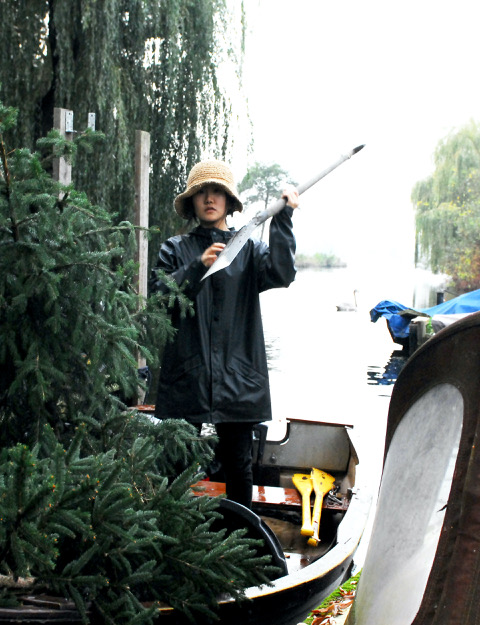
Minsook Kang (°1985) has been living and working between Seoul and The Hague, the Netherlands, since 2016. When I speak to her, she is only two days back in The Hague. “I went to Seoul for a solo exhibition titled ‘Three Three Three Actions’, and I was about to have a research trip in Indonesia directly from Korea in March.”, says Kang. “But I couldn’t go to Indonesia and even come back to The Netherlands, as was planned, because of the outbreak of the coronavirus. Lately, I decided to come back to The Netherlands because the situation seems to be getting better.”
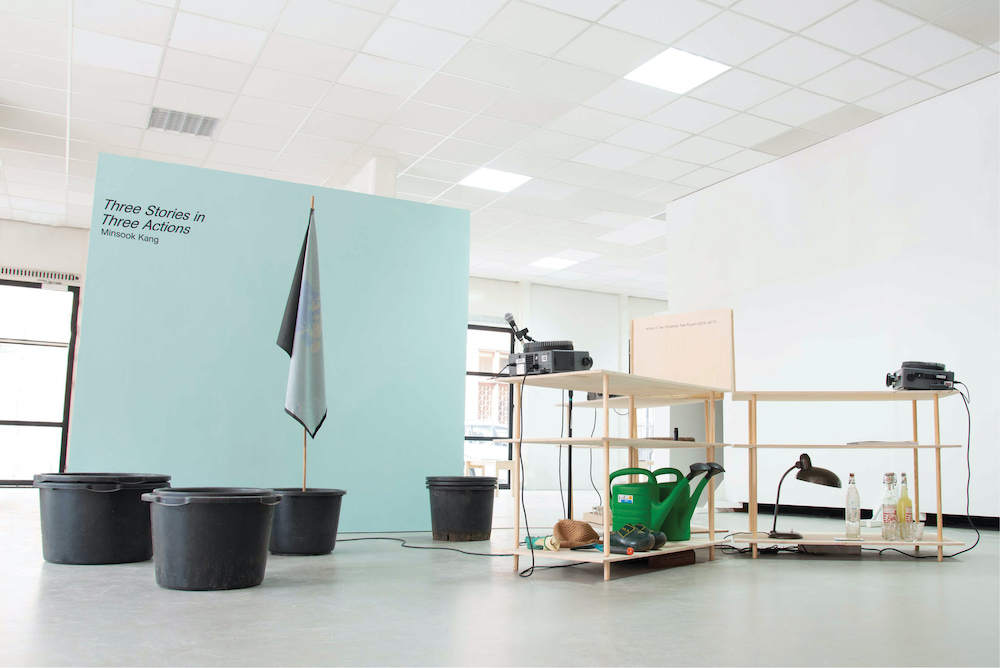
How did you end up in the Netherlands?
Minsook Kang: “I graduated in artistic research at the Royal Academy of Art, The Hague in 2018. Subsequently, I participated in a residency program of ‘Het Wilde Weten’ in Rotterdam and participated in a group exhibition ‘Solo & Happy?!’ at Het Nutshuis in The Hague. I really enjoy staying and working in The Hague. It also has a beautiful beach.”
What are the differences between the art scene in Seoul and The Hague?
“The art scene in Seoul is quite active. There are so many active Korean artists and people from across the world visit the city. I am always impressed by these energetic and dynamic activities whenever I visit Seoul but somehow, I feel it is a little too fast to follow as I am a slow person. On the other hand, I am sort of an outsider less involved in the Dutch art scene. It might allow me to express myself and keep working at my own pace. Besides, it is also interesting to get a glimpse of how we think differently in the same situation working in different cities.”
Your practice consists of daily actions, storytelling performances. What are they about?
Kang: “Since I moved to The Netherlands in 2016, I’m more aware of my new daily life, of an environment with different customs and traditions. It fascinates me. I realised that my practice gradually evolved into performative interventions in public space. I really like that my gestures are attached to daily life. By doing simple gestures, I’m interested in redirecting our attention towards specific spaces that are unknown, abandoned, fragile, hidden, invisible or undervalued and which are situated outside of the efficiency that governs capitalism. I look for stories and try to make them visible through simple gestures. In the meantime, I am looking for a good form to share the long stories and that’s how I got interested in objects and storytelling performances. But I’m still figuring out how to bring stories to the audience in many ways.”

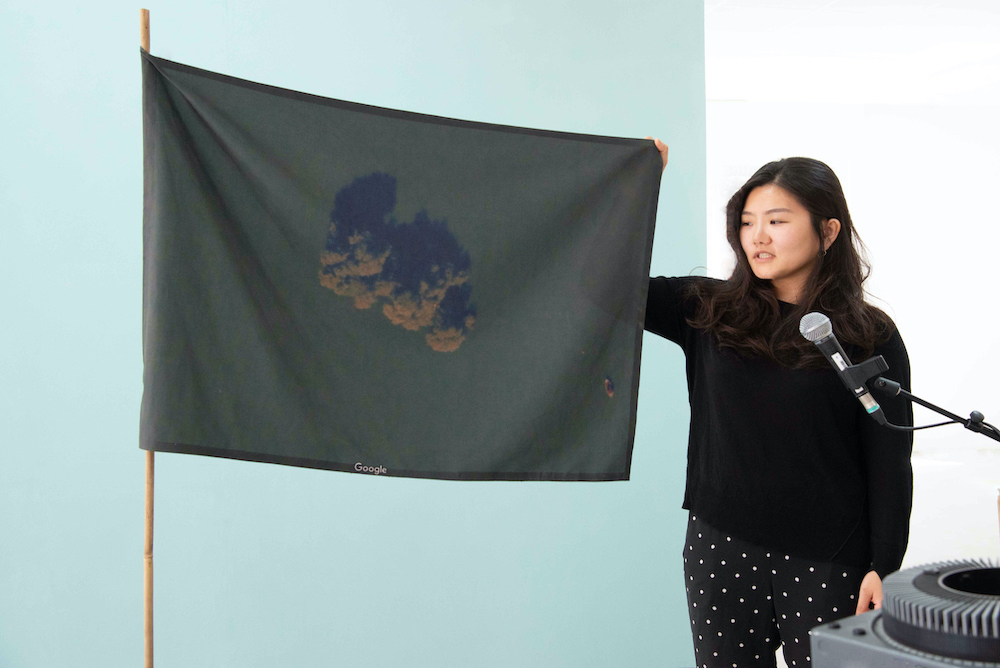
Can you describe such a project?
Kang: “I realised three different projects in The Netherlands. ‘The Christmas Trees Island’ is about a two-year journey of caring for abandoned Christmas trees in two cities, Rotterdam and The Hague. These trees are discarded as soon as the new year comes. At first sight, it looks like a corpse or grave. I planted trees in my friend’s community garden, but a few months later I received an unexpected e-mail from the community garden. Since then, the trees have temporarily moved to a small space in front of my house, but as time went on, the trees grew bigger and bigger. I planted them illegally on a small island because people cannot easily reach out to an island. I named it: ‘The Christmas Trees Island’.”
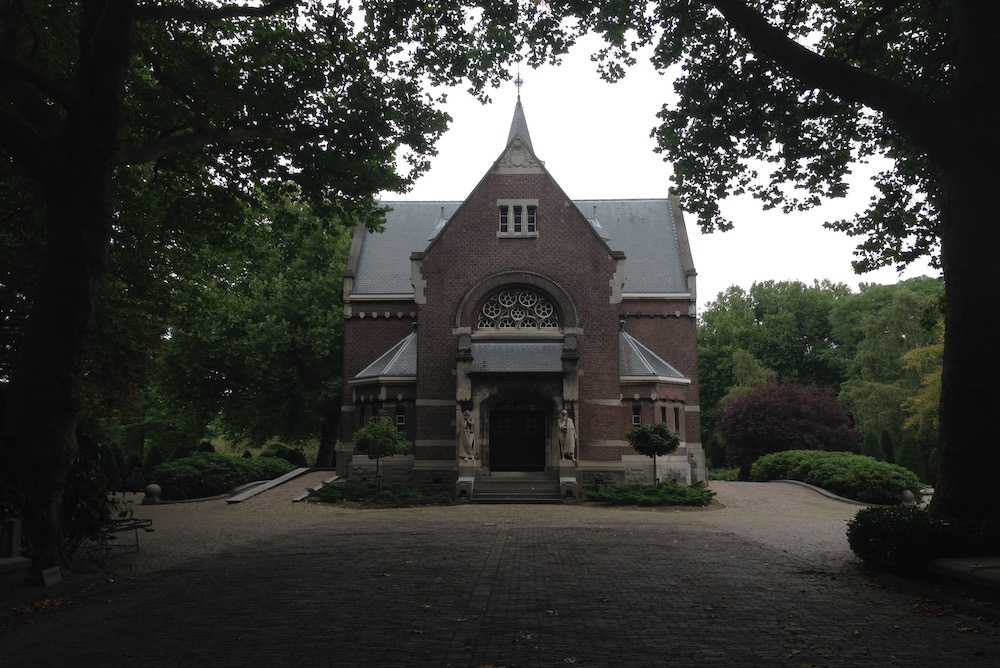
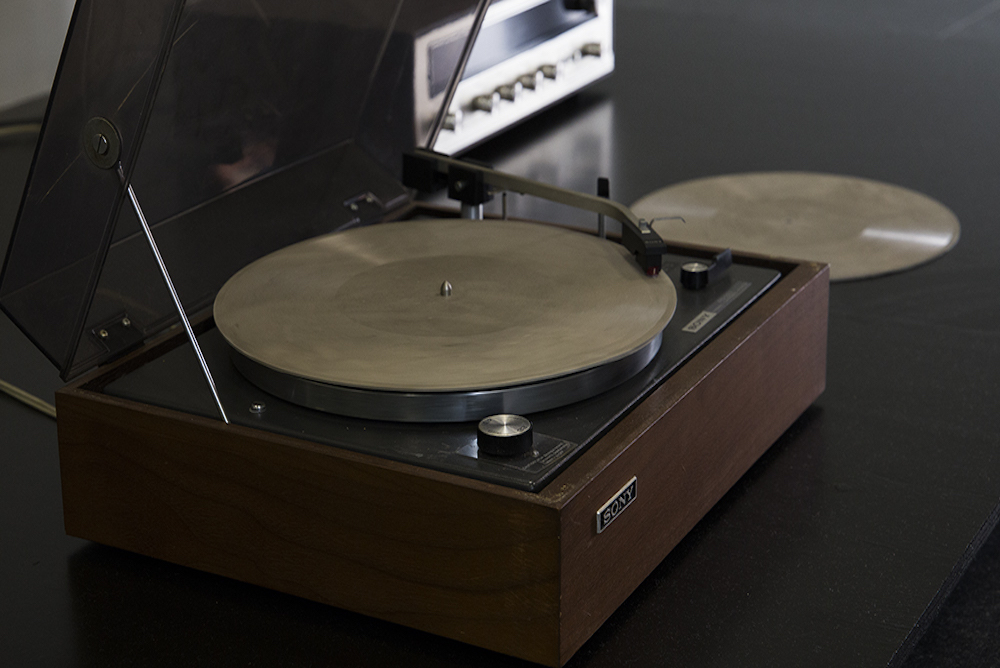
Kang: “‘The Loner’s Funeral’ started when I heard about an old man who had died. People worried that no one would come to his funeral because he was a loner. I have never met him, but I decided to attend his funeral as an artistic gesture questioning the role of art in relation to our current social and cultural values. After his funeral, I revisited the same cemetery place and had a conversation with workers there. From conversations, I learned that the poor and lonely cannot afford to have their names engraved on a gravestone. During the storytelling performance, I walked out of the gallery to look at the sidewalk that reminded me of the loner’s gravestone without a name. I told the story to the audience and read some parts of the speech at his funeral. At the end of the performance, the cake was provided as a traditional part of a funeral. Also, I made a cement vinyl engraved a 42 minutes recording of his funeral instead of carving his name on a tombstone. That was my way to remember him.”

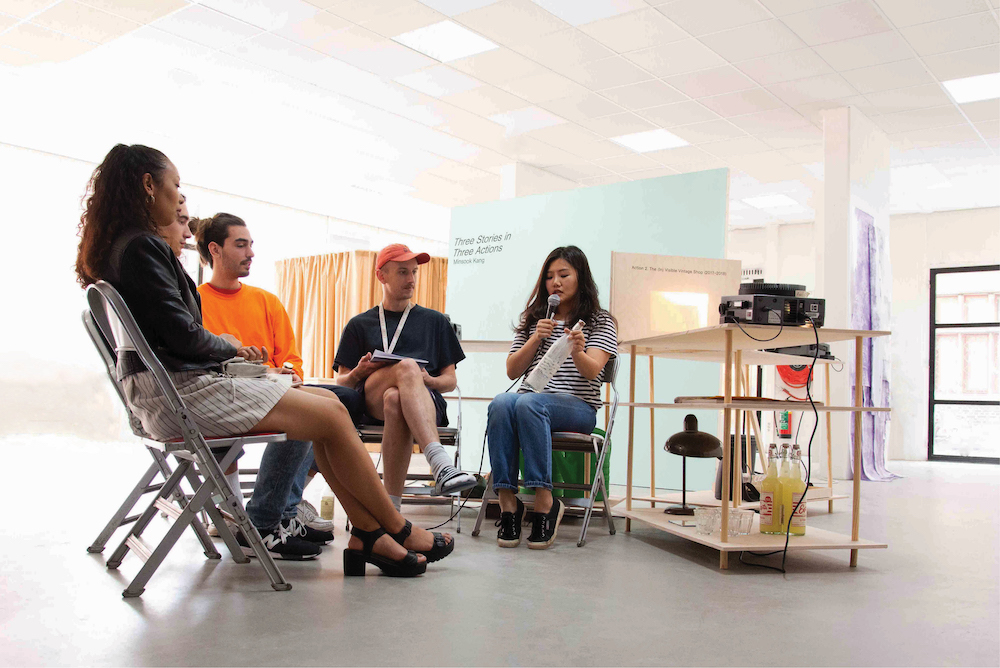
“‘The (In)Visible Vintage Shop’ is about a 15-hour conversation with the owner of a vintage shop. It started on my first visit when I was looking for a table lamp. He told me that, the firm of a popular Dutch soda product, was involved in a rumour in the 1970s and went on strike. Afterwards, I visited him several times for about a year. Our conversations did not have specific subjects but evolved in an unexpected direction, gradually showing me how to live alternatively in this era. In the end, I made a publication containing the whole conversation. During the exhibition period, I read this together with the audience for about an hour.”
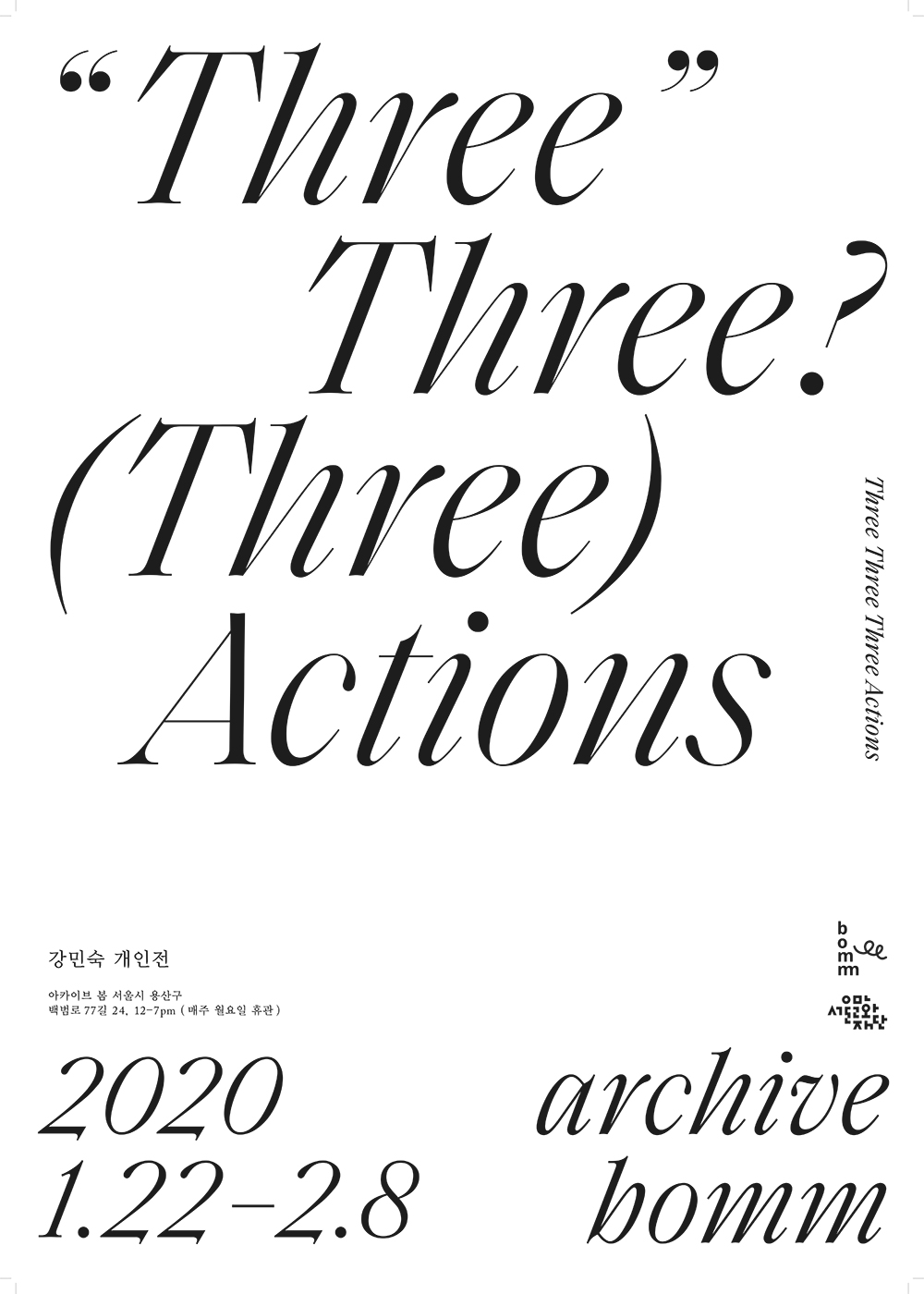

You always share something with the spectator during or after your performance. Why is that important to you?
Kang: “During the performance, I’m using diverse media such as images, videos, sounds, smells and objects which are closely related to the story. For example, I shared the fine trees scent, yellow cakes and soda drinks and so on. This is an opportunity to bring viewers into contact with my story through different senses.”
There is a lot of tragedy and loneliness in your work. What is the power of stories?
Kang: “Yes, it’s not my intention, but my stories have a certain common ground. As an artist, I take care of something undervalued which is not addressed in the capitalist structure. By instigating simple gestures, I’m attempting to rescue, recover and reclaim the values that are discarded, meaningless, useless, forgotten, neglected and alienated. I want to reveal and shake up the power behind a story through micro performances. In this process, I realise that what we have been forgetting, in general, is unique and worthwhile as necessary components in society. Opacity can be viewed as the most powerful and authentic way of living without losing one’s identity and critical position. Especially in this era, everything must be useful, effective and productive, I do appreciate the space that is undervalued in a capitalist society. It is never enough, it should always be more. It continuously creates resistance against the standard of society. I believe that the whole process of my practice can also become a meaningful way to connect art and life.”

Can you tell me something about the project you’re currently working on?
Kang: “In the Netherlands, I’m not a native speaker. Experiencing different languages has made me more aware of the importance of language in everyday life. Frequent contact with and use of languages, other than my mother tongue, influences the way I think and speak. It even affects my voice and gestures as I speak. I want to investigate this thoroughly, based on my interest in storytelling. The rate at which languages are dying out these days has increased significantly, especially among minority groups. Preservation of a language is related to the culture, ideas and history of people. How can we protect a dying language? My current research is about the Korean government that exported in 2009 ‘Hangul’, the Korean alphabet to an ethnic minority group in Indonesia called ‘Cia-Cia’. Korean news reports showed that the Cia-Cia have their own spoken language but no characters. By introducing the Korean alphabet, the Korean government wants to ensure that the Cia-Cia can keep their language. Why would they do that? What is the real reason they want to spread Hangul? Are there cultural, political and/or economic interests associated with this? I examine the current situation of Cia-Cia. Do they now use the Hangul as an official alphabet? The coronavirus prevented me from going to Indonesia yet. Instead, I research online, old media archives, articles and contact people who can tell more about it. It is a project that takes time and is difficult to understand. I hope to speak to the locals soon and to investigate the issue further.”
With your work you criticize the capitalist structures of our society and how contemporary art is an inevitable part of it. In ‘The Christmas Tree Project’ (2016-2018) is about the consumer society but that’s just one aspect. There is more. What exactly do you criticize?
Kang: “It is a difficult question for me to answer. We obviously know that we cannot escape from the capitalist society as a member of that society. I’m still figuring out how to find a balance. In ‘The Christmas Trees Island’, I don’t think it is only about consumer society. Throughout the whole process of the project, I also share how much I struggled to save trees. By accepting difficulties, limitations and vulnerability, I kept saving trees and carefully found out my own way to save them. People’s reaction was: “Why do you do that? There is no use, they will inevitably die.” Yes, it may seem like a humble, stupid gesture or a form of slapstick, but you can also think of it as an alternative gesture, as a form of resistance. As Guattari says: “I consider poetry to be one of the most important components of human existence, not so much in terms of value, but rather as a functional element. We should prescribe poetry in the same way as vitamins.” In this society, I aim for contemporary art to have this function.”
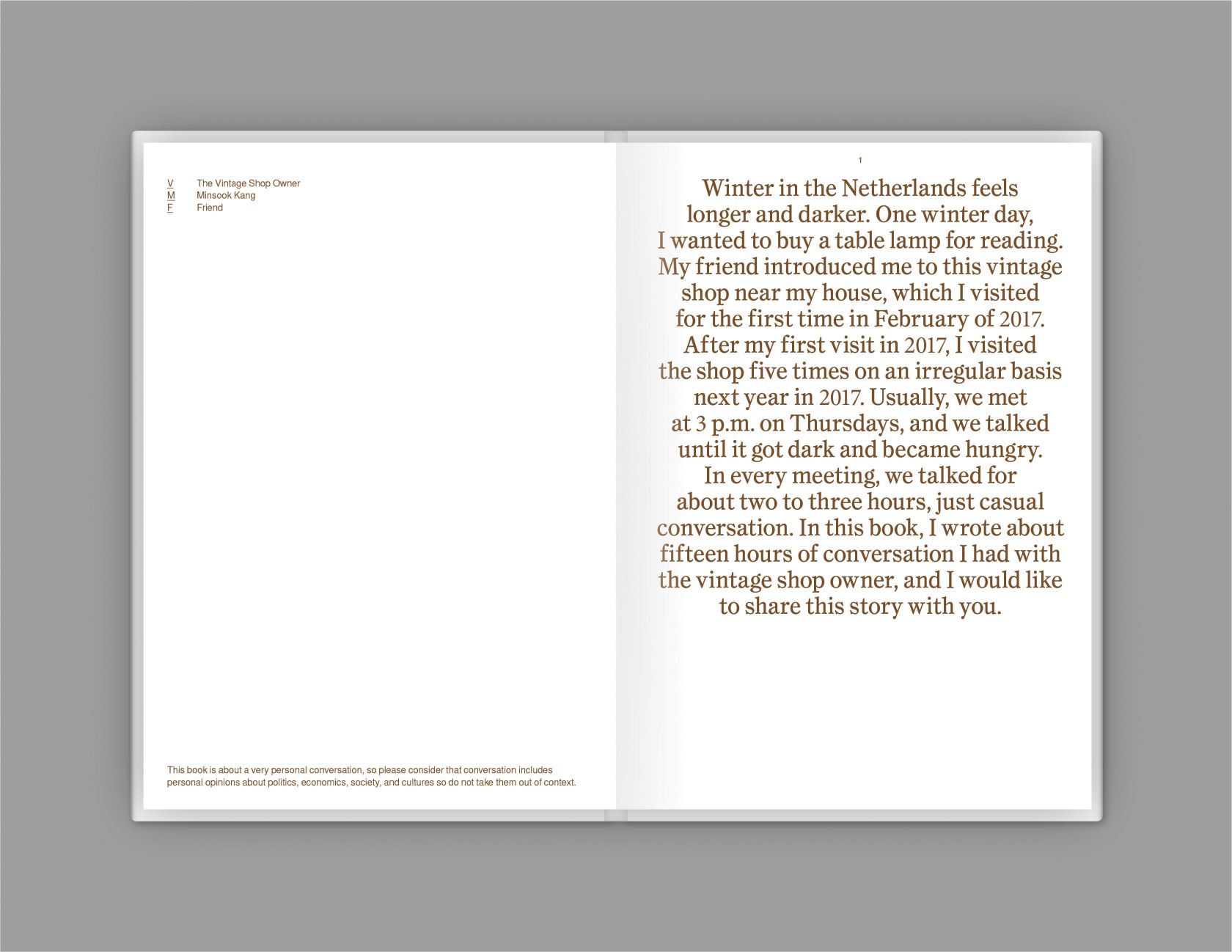
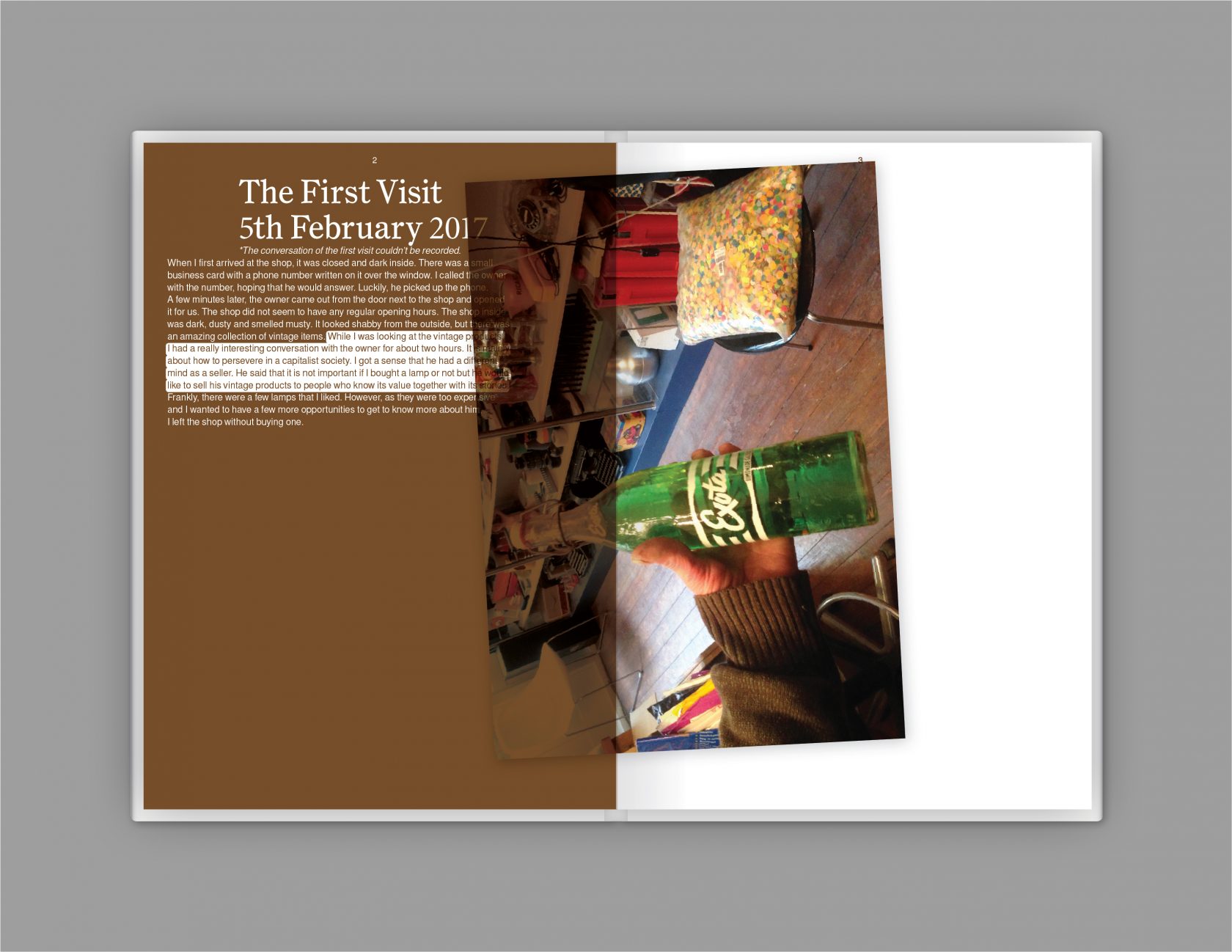
The Invest Week is an annual 4-day program for artists who were granted the PRO Invest subsidy. This subsidy supports young artists based in The Hague in the development of their artistic practice and is aimed to keep artists and graduates of the art academy in the city of The Hague. In order to give the artists an extra incentive, Stroom organizes this week that consists of a public evening of talks, a program of studio visits, presentations and a number of informal meetings. The intent is to broaden the visibility of artists from The Hague through future exhibitions, presentations and exchange programs. The Invest Week 2020 will take place from 21 to 25 of September.